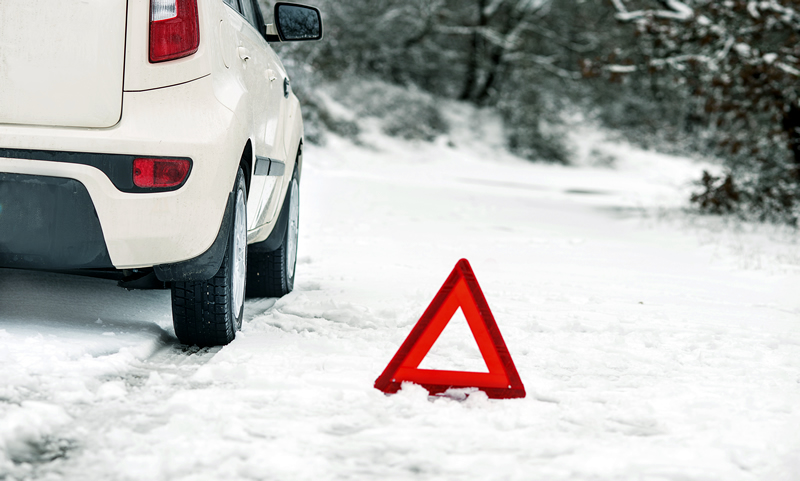Ice and Snow Safety Tips
- January 22, 2016
- Posted by: Beatrice
- Category: Uncategorized

Predicting a cold, snowy winter in the Midwest and Northeast, forecasters say drivers should expect wet weather and low temperatures in the coming months.
The following winter driving tips will help prepare you for whatever Old Man Winter throws your way this season:
Be Prepared
It’s important to be prepared during this time of year, so be sure to keep an emergency kit in your car that contains such necessities as an ice pick; a snow shovel and brush; a basic tool kit with screwdrivers, pliers and a wrench; a bag of traction material like kitty litter or sand; a flashlight with extra batteries; and items to keep you warm, like extra clothes, gloves, hats and Mylar thermal blankets (known as “space blankets”).
Finally, make sure your emergency kit contains booster cables and is well stocked with first-aid essentials and nonperishable food items, like granola and energy bars, water, warning flares and reflective triangles. If you don’t want to assemble a kit from scratch, you can easily buy already assembled emergency kits online.
Check Your Tires
Your tires are your main connection to the road, so be sure they are inflated properly. Underinflated tires may provide less traction, reduce fuel mileage and can wear out prematurely, so check your pressure at least once a month to ensure you’re driving on properly inflated tires.
As temperatures drop, so does the pressure in your tires — a 10-degree difference in ambient temperature can change tire pressure by 1-2 pounds per square inch (psi), according to Goodyear. Look for your vehicle’s correct tire pressure on an informative tag within the driver’s doorjamb or in your owner’s manual. To reduce the frequency of warning lights and potentially improve hydroplaning resistance, you can set your tires 3 psi above the door placard, says Edmunds.
Depending on the conditions in your area, you may want to swap into winter tires; if not, ensure you have a safe tread depth for your road conditions.
Take the “penny test:” Take a Lincoln penny, hold it between your thumb and forefinger so that Lincoln’s head is showing. Place the top of Lincoln’s head into one of the grooves of the tire’s tread. If any part of Lincoln’s head is obscured by the tread, you have a safe amount of tread, according to Bridgestonetire.com. If you can see above Lincoln’s head, then you need a new tire.
Remain Calm In a Skid
Slick surfaces typically require a longer stopping distance, so keep a greater-than-usual distance between your car and other vehicles, especially in the winter. This may give you ample time to respond to road and weather hazards. Practice gentle acceleration and braking to maintain consistent traction in snowy and icy conditions; if your wheels begin to spin, release the accelerator until traction returns.
If you find yourself in a skid, the The Weather Channel advises letting up on the gas and steering in the direction you want the front of your car to go. Experts warn that you should not hit the gas or the brake until you have control of your car again.
Stay in Charge
A strong and fully charged battery is an absolute necessity in cold weather. Extreme temperatures can take their toll on your battery’s power, so if your battery is more than 3 years old, it may be time to consider replacing it before Jack Frost sucks out the last of its life. Also, be sure the connections are clean, tight and corrosion-free to ensure full-strength winter starts. Some commercial auto care centers will test your current car battery for free and sell you a new battery, if you need one. Some will also check your vehicle’s electrical system to ensure everything is in working order to ensure you will get years of hassle-free starts from your new car battery.
Step up to New Safety Technology
Practically every automaker offers electronic traction and stability control systems that work along with the car’s anti-lock braking system to assist drivers in slippery road conditions. Though they all use different trade names, these safety systems all function to help the driver maintain control in curves and turns — especially in wet or slippery conditions — by detecting when the vehicle begins to slip and reducing the throttle and applying the brakes to individual wheels to help correct the vehicle’s orientation. Traction systems also prevent the vehicle’s drive wheels from spinning while accelerating under slippery conditions.




















